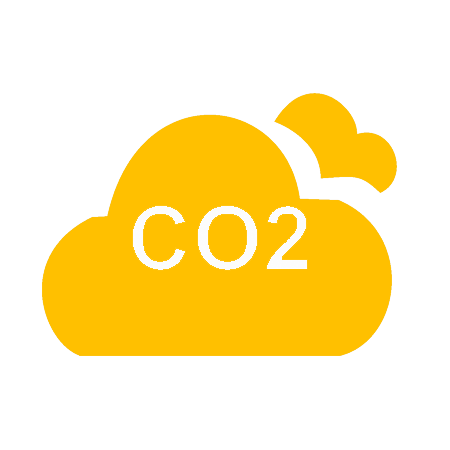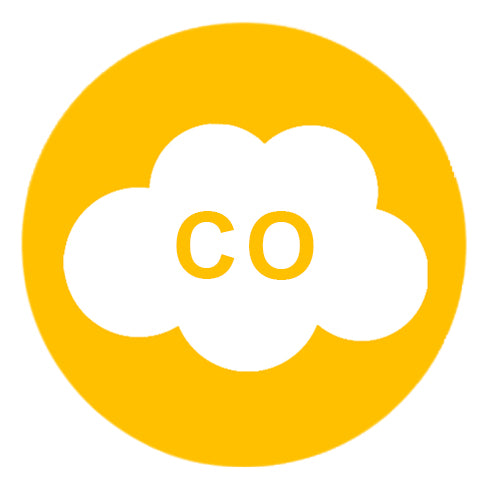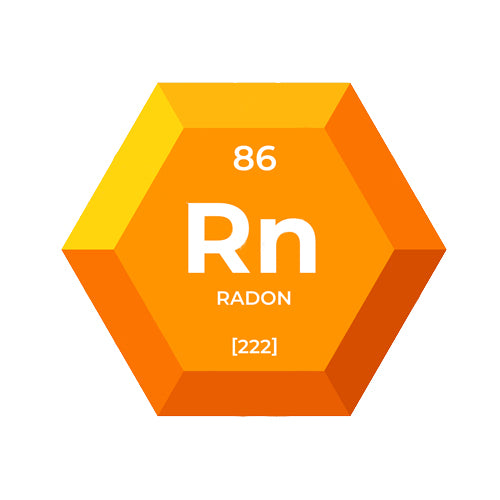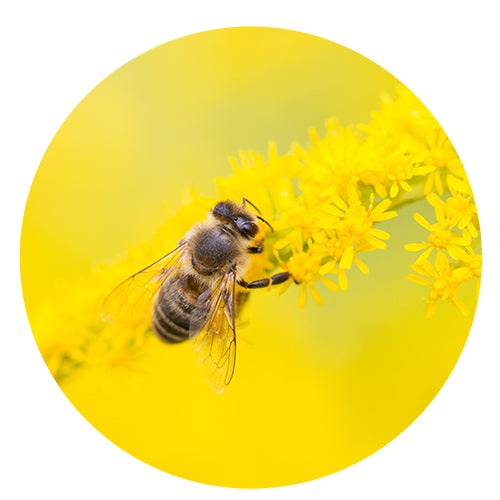

CARBON DIOXIDE
Carbon dioxide (CO2) is a naturally occurring gas in Earth's atmosphere.While normal atmospheric levels are around 0.04% (400 ppm), human activities, such as fossil fuel combustion, have significantly increased concentrations, contributing to global warming.

CARBON MONOXIDE
Carbon monoxide (CO) is a colorless, odorless, and tasteless gas produced by the incomplete combustion of carbon-containing fuels(e.g., gasoline, natural gas, coal, wood, propane). CO is a silent killer, responsible for thousands of accidental deaths annually.

PM10
PM10 refers to particulate matter with a diameter of 10 micrometers (µm) or smaller. These particles are a component of air pollution and have significant implications for health and the environment.

PM2.5
PM2.5 refers to fine particulate matter with a diameter of 2.5 micrometers or smaller, a critical component of air pollution. PM2.5 is a leading environmental health risk, linked to millions of deaths annually.

PM1.0
PM1.0 refers to particulate matter with a diameter of 1.0 micrometer (µm) or smaller. These ultrafine particles penetrate deeply into the respiratory system and even enter the bloodstream, posing serious health risks.

TVOC
TVOC stands for Total Volatile Organic Compounds, all volatile organic compounds (VOCs) present in the air. TVOC identifies pollution hotspots and guiding interventions to reduce health risks.

RADON
Radon is part of the decay chain starting with uranium-238, which transitions through radium-226 before becoming radon-222. Due to its gaseous state and chemical inertness, radon can migrate through soil and accumulate in enclosed spaces like homes. Radon poses a significant but preventable health risk.

OXYGEN
O2 makes up about 21% of Earth's atmosphere. Humans and many other organisms need it for cellular respiration. Without it, we can't survive. While O₂ is vital for life, improper levels (too little or too much) pose significant health risks.

OZONE
Ozone exists in two distinct layers of the atmosphere with contrasting effects on health and the environment. Ground-level ozone remains a critical public health challenge. Addressing it requires global cooperation to reduce precursor emissions and adapt to climate-related changes.

POLLEN
Pollen is a fine, powdery substance produced by plants as part of their reproductive process. It contains the male gametes necessary for fertilizing other plants of the same species. While pollen is harmless to many, it poses significant health risks for allergy and asthma sufferers.